So far so good! My previous blog post explains why I'm at NASA this summer. In short, I'm still 'Team Ocean' (of course!), but the 3D shape modelling techniques developed for my PhD on coral reefs have direct application for NASA's research on near-Earth asteroids (and vise versa). It's been a fantastic collaboration. Here are more details about what we're doing and why.
What We'RE Doing and Why
| <- Explaining our work during a Facebook live event for SETI (here on Facebook; it's been viewed by >30k!). |
NASA's Frontier Development Lab (FDL) is an experimental tool in NASA’s innovation portfolio that emphasizes artificial intelligence, inter-disciplinary approaches, rapid iteration, and teamwork to produce significant breakthroughs useful to the space program.
This summer, four of us at NASA FDL are creating 3D models of asteroids. Our core team comprises two planetary scientists (Agata Rozek and Sean Marshall), two machine learning engineers (Adam Cobb and me), plus mentors from both disciplines (Chedy Raissi, Michael Busch, and Yarin Gal). We’re creating the 3D models from radar data. It's a difficult computational problem, but knowing an asteroid’s 3D shape helps us predict its future trajectory (/whether it will collide with Earth!).
The formal introduction to our problem reads as follows:
This summer, four of us at NASA FDL are creating 3D models of asteroids. Our core team comprises two planetary scientists (Agata Rozek and Sean Marshall), two machine learning engineers (Adam Cobb and me), plus mentors from both disciplines (Chedy Raissi, Michael Busch, and Yarin Gal). We’re creating the 3D models from radar data. It's a difficult computational problem, but knowing an asteroid’s 3D shape helps us predict its future trajectory (/whether it will collide with Earth!).
The formal introduction to our problem reads as follows:
| Delay-Doppler radar imaging is a powerful technique to characterize the trajectories, shapes, and spin states of near-Earth asteroids and has yielded detailed models of dozens of objects. Since the 1990s, delay-Doppler images have been analyzed using the SHAPE software developed originally by R. S. Hudson and S. J. Ostro [1, 2]. SHAPE normally performs sequential single-parameter fitting. Recently, multiple-parameter fitting algorithms have been shown to more efficiently invert delay-Doppler data sets, thus decreasing runtime while improving accuracy [3]. However, reconstructing asteroid shapes and spins from radar data is still, like many inverse problems, a computationally intensive task that requires extensive human oversight. The FDL 2016 team explored two new techniques to better automate delay-Doppler shape modeling: Bayesian optimization [4] and deep generative models [5]. The FDL 2017 team is refining that work and exploring new directions for more quickly and accurately generating 3D models of near-Earth asteroids from delay-Doppler images. |
It took me a bit to understand exactly what our goals and motivations were. The most common questions my friends ask are, “What are you doing?” and “Why?” My short answer: We're generating 3D models of asteroids from radar data so that we can better determine asteroids' physical properties and orbital trajectories. There are over 16,000 known near-Earth objects, and on average 35 new ones each week. It's too much data to keep up with without sophisticated data analysis techniques, so we're using machine learning to speed up and automate the process of generating 3D models from radar data of asteroids.
Still #TeamOcean
I'm also interested in the task of 3D modelling asteroids because the techniques can be applied to 3D modelling coral reefs, the topic of my thesis, as further discussed in my first post about NASA.
Preliminary Results
More details will be in our final presentation and report at the end of the summer. Register here if you'd like to attend our final presentation in Santa Clara, California.
References:
References:
| [1] R. Scott Hudson. Three-dimensional reconstruction of asteroids from radar observations. Remote Sensing Reviews 8, 195–203, 1993. [2] Christopher Magri, Michael C. Nolan, Steven J. Ostro, and Jon D. Giorgini. A radar survey of main-belt asteroids: Arecibo observations of 55 objects during 1999-2003. Icarus 186, 126–151, 2007. [3] Adam H. Greenberg and Jean-Luc Margot. Improved algorithms for radar-based reconstruction of asteroid shapes. The Astronomical Journal 150(4), 114, 2015. [4] Jonas Mockus. Bayesian Heuristic Approach to Discrete and Global Optimization: Algorithms, Visualization, Software, and Applications. Springer-Verlag, Berlin, Heidelberg, 2010. [5] Ruslan Salakhutdinov. Learning deep generative models. Annual Review of Statistics and Its Applications 2, 361–385, 2015. [6] Shane Carr, Roman Garnett, and Cynthia Lo. BASC: applying Bayesian optimization to the search for global minima on potential energy surfaces. International Conference on Machine Learning. 2016. |
This post is modified from the original published on the NASA FDL page (here). All work was developed while at NASA Frontier Development Lab, working with Agata Rozek, Sean Marshall, Adam Cobb, Justin Havlovitz, Chedy Raissi, Michael Busch, and Yarin Gal.
UPDATE - 12 Sept 17
My colleague Adam just posted his perspective on the project. Read his blog post here.
Update - 20 Nov 17
The video of our final presentation at Intel Headquarters is live! It's on YouTube at this link.
Update - Jan 2018
The results from our team of four engineers and scientists were well-received by NASA's Planetary Defense Community. The tool we developed will be implemented this year at the Arecibo Observatory to help track near-earth asteroids.
Related blog posts:
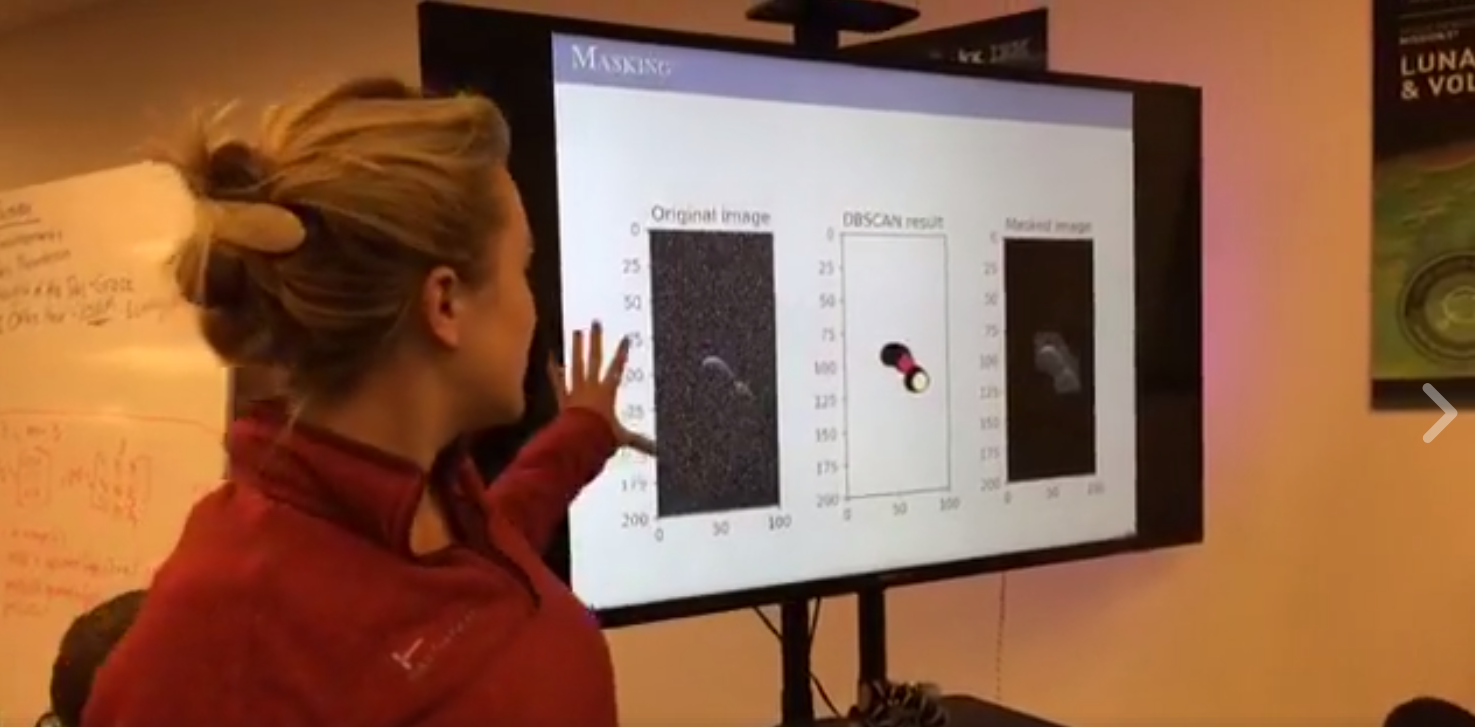
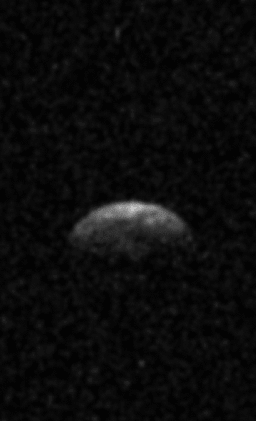
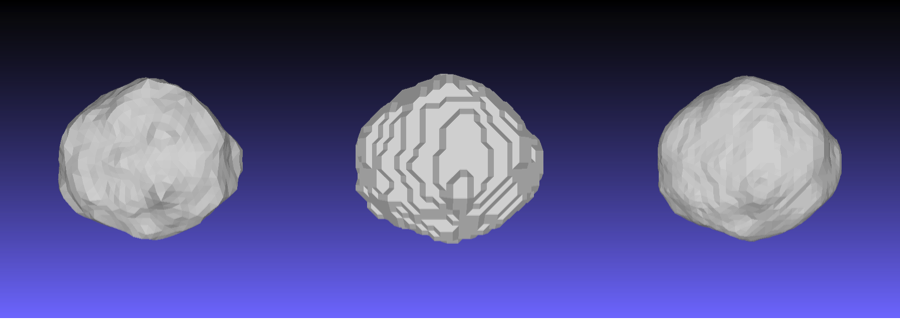
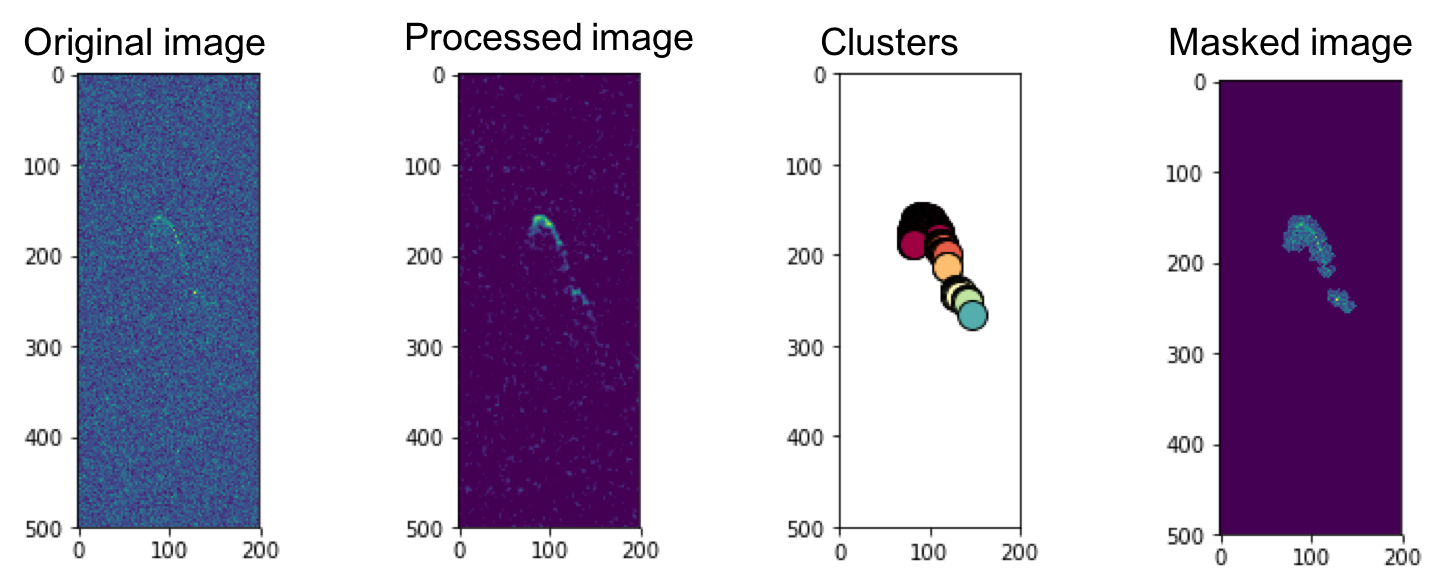
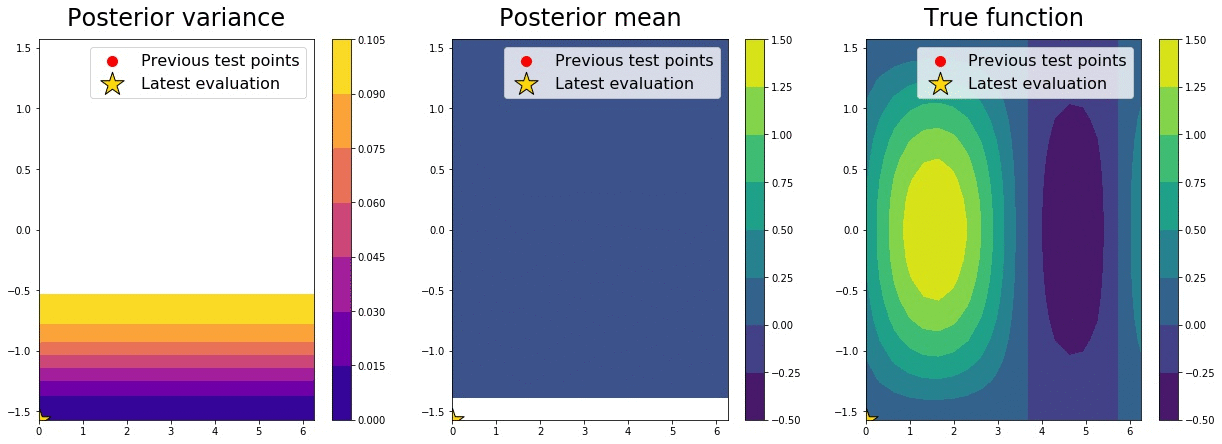
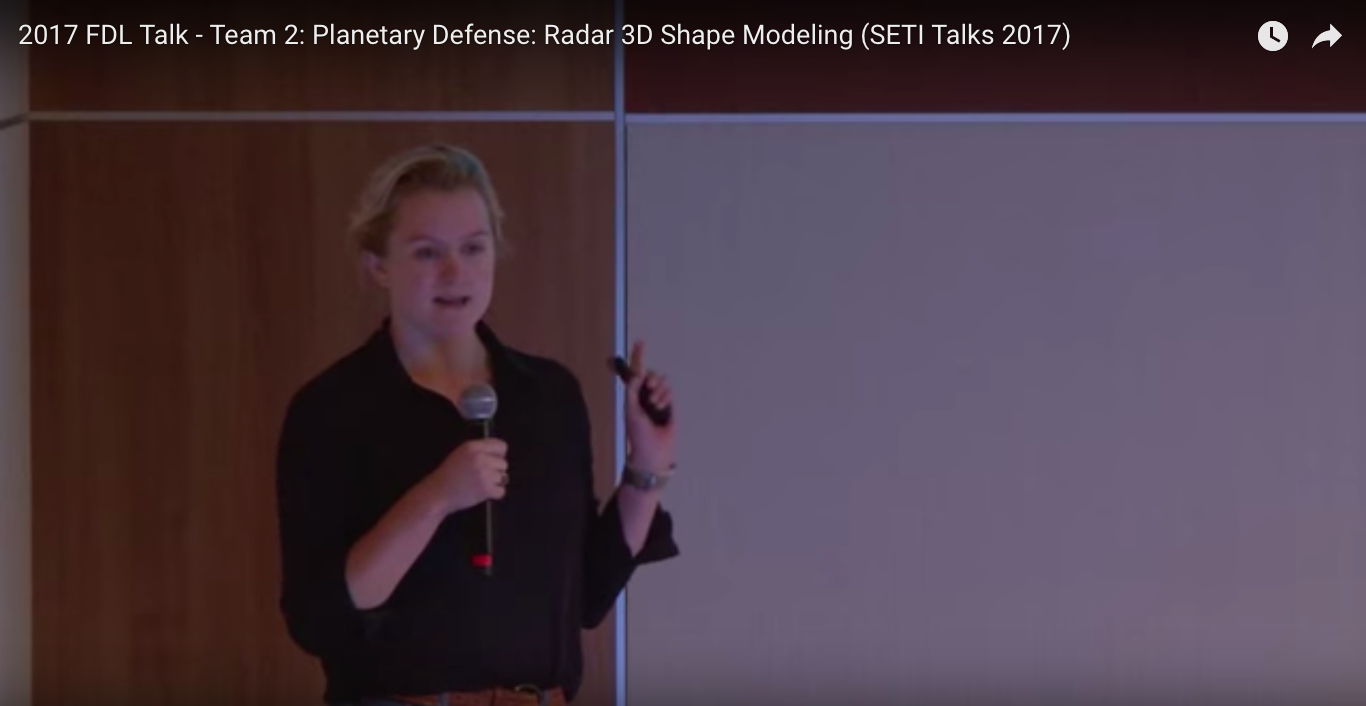
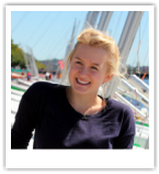
 RSS Feed
RSS Feed
